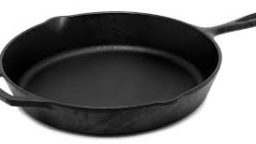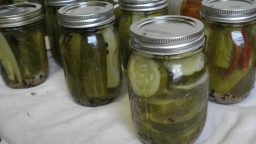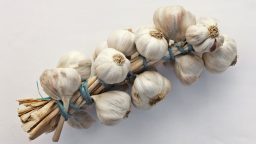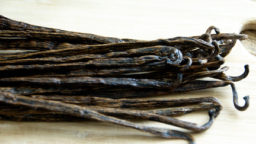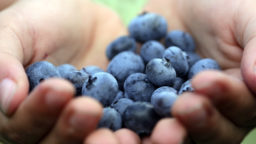Cast Iron pans may seem like a relic of the past, but they are still in use today in modern kitchens across the world because these pans have stood the test of time. So with more options than ever, why should you choose cast iron over alternatives like aluminum, stainless steel, or non-stick cookware? Here are just a few of the benefits to be had from cooking on cast iron.
Avoid The “Teflon Flu”
Non-stick cookware is coated with a synthetic polymer called polytetrafluorethylene, or PTFE. This coating can degrade in high temperatures (something kinda common in cooking) and release toxic gases. These gasses can kill pet birds that are in the kitchen while you are cooking, like the canary in the coal mine. They also cause flu-like symptoms sometimes referred to as the “Teflon flu”, long-term exposure can lead to further health problems. If the surfaces are scratched they can flake off particles of PTFE into your food that you will eat. It is said that these particles are inert and won’t harm you, but I’d error on the side of safety on this one.
Iron Intake
While aluminum isn’t as toxic as Teflon and stainless steel doesn’t release any harmful fumes, cooking with cast iron could actually improve your health. Cooking with cast iron can increase your iron intake. Healthy iron levels can boost your immune system and your energy level.
The Price is Right
Cast iron pans of similar size and quality to their stainless steel counterparts save you as much as 60% on initial costs and they wear well over time.
Versatility
Cast iron cookware can be used in the oven, and in an emergency can be used over any heat source including an open wood fire.
Cast iron cookware isn’t still in use today because of a lack of options, but because it is better than other options. If you haven’t cooked on cast iron yet then you don’t know what you are missing, and you might be making yourself sick while you’re at it.
If you enjoyed this, you might also like….
